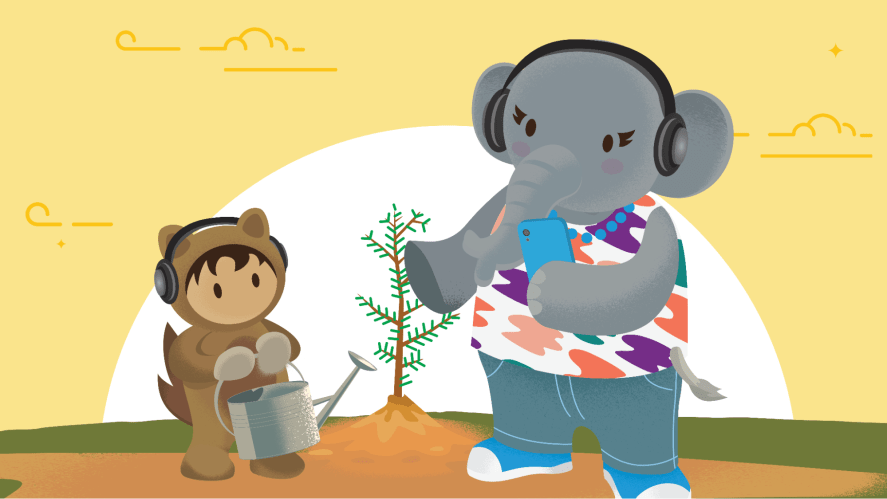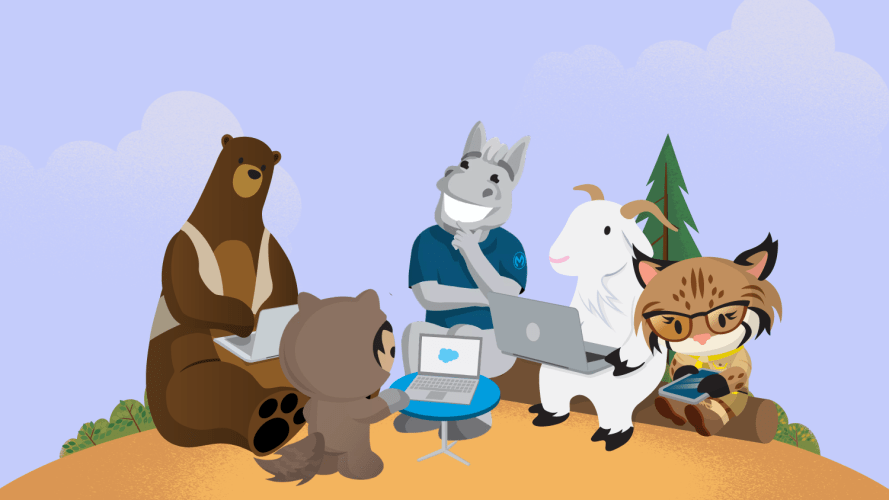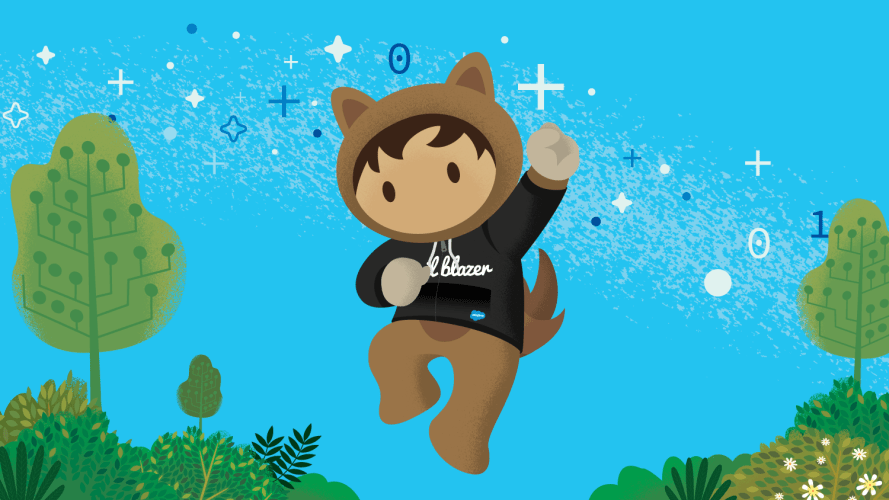Contently Co-Founder Shares How To Build Diverse Teams



Bringing diversity to your teams requires an honest and self-aware approach to leadership — and sometimes a bit of disagreement.

Brittani Marie
“Two heads are not better than one – unless those heads think differently.” When figuring out how to solve pressing business challenges, most executives seek out consensus – not additional discord. But it turns out that a dose of friction is exactly what Shane Snow needed to begin repairing the lack of diversity at Contently, the content marketing platform he founded in 2010. At the height of what now seems like a paradigm shift in diversity commitments, let alone how we work, I revisited my experience of being one of the first women of color at Shane Snow’s storytelling empire. Snow and I peeled back the layers of Contently’s four-star Glassdoor ratings to unearth the transformative journey that shaped its award-winning culture.
Watch The Inflection Point video series
Hear CEOs share their personal backstories, professional influences, and how values inform their leadership.



The value of different thinking and experiences
Success for Snow came at lightning speed. At 26, he went from living as a budding journalist in New York City to spearheading a content technology company alongside two friends. He often shares the story of having a bank account with $0.40 in it as they awaited seed rounds to close. Six years later, Contently had amassed an enviable Fortune 500 client roster, a team of 100,000 content creators, and a valuation of more than $50 million. Outwardly, the company was thriving, but Snow soon realized it wouldn’t be sustainable.
The problem? When Snow looked at his team, he saw his trusted advisers and intellectual equals. But he also saw a group of people who were mostly men, white, and graduates of the same handful of universities.
“History tells us that every great innovation was a product of people thinking differently than those before them,” said Snow.
Namely, innovation is much easier when you have a group of people who aren’t cut from the same fabric. Contently at the time couldn’t have been more of the opposite. I remember how uneasy I felt as I entered the company’s hip SoHo office on my first day as a new hire in 2016. Here was a space clearly designed to propel creativity, with big, sunlit common areas, healthy brain-fueling snacks, and lots of excited, murmuring voices – white voices. As a Black woman, it’s the sort of thing you never get used to.
This article originally appeared in Vantage Point, a Salesforce magazine



As I nervously made my way around, the founder himself walked over to my newly decorated space and invited me to grab lunch. On our way to the restaurant, I was frantically googling tips on how to have lunch with an executive – but none of it prepared me for the conversation that would follow.I opted for a salad, since a Forbes article suggested this was proper etiquette. Snow opted to dive right into the meat of the matter: His team was not diverse enough, he knew it, and he knew I knew it. It was a very straightforward and nondefensive admission from somebody in his position of power – one that still sticks with me for its candor.

During that lunch, I learned from Snow that his original team consisted of eight men from Ivy League schools and one woman intern. Although more women had sprinkled in by the time I joined, the DNA was overwhelmingly the same, with cultural, economic, and racial homogeneity. I wondered how a company could scale or create authentic content in the voices of its global clients when its entire staff viewed life through a similar lens.
“How would a female product lead feel if we brought her on to the team?” Snow asked me at the time. “There has to be something about different lived experiences that leads you to solve problems differently.”
He knew Contently would be unable to source the best candidates if anyone felt like they didn’t belong. And he was, and is, correct. Research shows boardrooms that have gender and racial diversity make smarter business decisions. That validates why 67% of people consider workplace diversity an essential factor when applying for jobs.
When I caught up with Snow in May 2021, we talked about the progress he’s made and the obstacles he’s hit along his journey of creating a more diverse company. The most pointed lesson of them all: “Attracting diversity is not enough,” Snow said. “It’s what you do next.”
I personally witnessed Snow navigate this lesson as he quietly piloted ways to diversify his team. Not preparing for a diverse workplace is the most common mistake we see as women of color in organizations. Companies typically overfocus the efforts on attracting a diverse pipeline rather than preparing for the cultural shift that’s required to sustain it.
How diversity and inclusion are like baking a cake
“As a leader, if you want to unlock the potential of a group to be smarter than one person, you need people who bring different mental tools together,” said Snow. “And with differences come challenges in navigating varied perspectives.”
Snow likens it to baking cake. If you have eight types of flour, all you have is flour – you can’t possibly have cake. Making a cake requires not only different ingredients but also the skill to mix them together in a way that triggers a (hopefully tasty) chemical transformation.
“The mixing together is the hard part, and this is where a lot of teams fail to fulfill their commitment to diversity and inclusion,” he explained. Mixing things creates friction and discord – things which should be expected and embraced within diverse teams. Here Snow unpacks the commonly overlooked principles he’s learned since our fateful lunch.
Step 1: Rethink your referral program
Snow soon realized that he inadvertently played a role in stifling the company’s diversity. Employees who took advantage of Contently’s referral program tended to recommend folks from within their own networks. In seeing this, Snow first recognized they needed to shift from a mindset of “culture fit” to “culture add.” He expanded his hiring checklist to focus on the life journey of candidates – not just their educational credentials and skill sets.
He also got rid of the referral bonus program, instead encouraging everyone to make new friends outside of their familiar networks. Little by little, Contently’s team DNA started to shift in meaningful ways. I eventually noticed more women of color coming onboard with unconventional backgrounds. Leadership became equally intentional about ensuring visibility. The same year (2016), Ad Age named the content marketing agency as one of the best places to work.
Step 2: Inspire cognitive friction
If disagreement is the seed of innovation, as Snow learned, it’s worth noting the honeymoon phase is short-lived. High turnover rates only confirm this. LinkedIn data shows that hiring levels for diversity increased by 90% in 2020, yet 75% of companies surveyed do not include diversity, equity, and inclusion in leadership development.
Snow quickly found himself mediating conflicts stemming from cultural misunderstandings. He recalls tension between his Korean head of product, who was diplomatic and sensitive, and his German head of design, who was much more direct. Rather than try to suppress friction or disagreement, Snow recognized he needed to educate himself and his senior colleagues about how different cultures often cultivate different leadership styles.
With this understanding in place, Snow encouraged a practice of self-awareness, where leaders were well-versed in the strengths and limitations of their culturally informed management styles. On employee surveys, Snow documented varying communication styles, including questions around work patterns and comfort with giving criticism.
“If you truly want to help people across the board, you have to meet them where they are,” said Snow. “You shouldn’t force people to become what you want them to become, but welcome them to be the best that they can.”
Step 3: Adapt to your team
Creating a diverse team isn’t about achieving the perfect race and gender ratio. Snow soon realized that sustaining diversity boiled down to enabling different ways of working – and having the willingness to change. At Contently, technology solutions were rolled out to support this.
For example, instead of requiring its sales teams to find marketing documents in Contently’s content management system, Snow pushed the product team to integrate a publishing feed directly into Salesforce. Another example: Contently added an approval button in the body of customer compliance emails so that customers aren’t forced to log on to a separate platform and sign off from there. “Making small changes like this helps your employees and customers see that they matter to you,” Snow said. “It shows you care about their various needs and diverse working habits.”
Three best-selling titles later, including Dream Teams, heavily inspired by his transformative journey in shaping diverse teams, Snow believes diversity helped to shape how Contently worked as a company. Contently’s executive team now is almost entirely women and people of color. More importantly, teaming is only made possible by balancing diversity of thought. There is power in disagreement. I’ve learned to stand confidently in my own cultural difference and embrace unconventional wit along the way.
Cultivate equality at work
Use the five principles of inclusive leadership, taught on Salesforce’s free online learning platform, to help people bring their authentic selves to work.



Shane Snow now runs the Snow Academy, a global upskilling platform that teaches leaders the art of building effective diverse teams.























